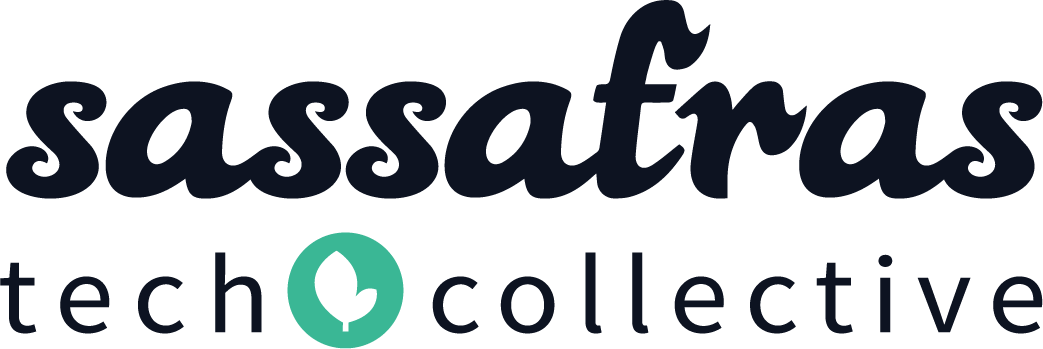Sharing our Guiding Documents: Conflict Resolution Policy
We are sharing our guiding documents for anyone interested in learning more about Sassafras, co-ops, or both. These include our Bylaws, Code of Conduct, Cultural Values and Practices, Basic Worker Expectations, Harassment and Bullying Policy, and Conflict Resolution Policy. Below is our Conflict Resolution Policy. Although the policy has multiple options for addressing conflict, in practice the HR Committee encourages third party mediation in almost all cases.
Introduction
Conflict is an ordinary and healthy part of groups working together. Every conflict is an opportunity for growth and change, and can move us forward. While many conflicts are easy to resolve, and often can be resolved in the moment, some are more difficult and require support. Resolving those conflicts is a group responsibility, and does not fall on any one individual. Once a conflict between staff has started to reach the notice of other individuals, it has become a group concern and it’s in the best interests of the group to move it towards resolution.
Process
If you notice a conflict between two or more members of Sassafras staff, even if you are not involved, you may request that the staff involved seek resolution.
- Notify the Human Relations Committee of the conflict
- You may do this by contacting [the HR Committee email address] or an individual member of the committee.
- One or more members of the committee will reach out to each of the involved staff members individually and present them with the following options, to be ranked in order of preference:
- Attempt to resolve the conflict on their own or amongst themselves
- One or more facilitated conversations with a member of the Human Relations Committee or another member of staff
- One or more mediated conversations with a member of the Human Relations Committee or another member of staff
- One or more mediated conversations with a third party
- The Human Relations Committee will report back to the individuals involved with their recommendation for a method of resolution and (if needed) a proposed timeline. If there is no clear agreement between those involved, the Human Relations Committee might additionally propose a “backup plan” and request that involved staff choose between them.
- The Human Relations Committee will share basic information with the whole group that there are staff in conflict, who is involved, and that it is in the process of resolution. The motivation for this is to de-escalate and roadmap the conflict to the rest of the group.
- All staff involved and the Human Relations Committee will enact and track the progress of the agreed-upon plan and report back as needed.
Confidentiality
Unless a member of the committee is involved, the default expectation for the detailed contents of a report will be to share the details of the report and most of the contents of any individual conversations had about the conflict with the rest of the committee. This is necessary in order to aid the committee in choosing the best path forward, and to spread responsibility for conflict resolution more widely throughout the group.
If a specific request is made to withhold some details, it may be agreed to at the discretion of the committee member to whom you are having the conversation. Members of the Human Relations Committee will try to err on the side of sharing only what is necessary, with whom it is necessary to share it with.
